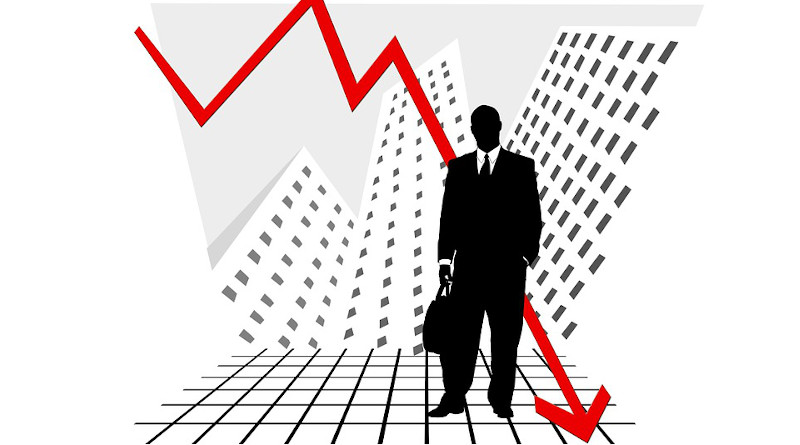WEF Calls For Governments To Set Targets Beyond GDP Growth To Guide Economic Recovery
The World Economic Forum launched Wednesday the Dashboard for a New Economy platform, representing a renewed international effort to converge on and implement economic policy targets beyond GDP growth. Some pioneering countries, such as New Zealand, have made significant progress in implementation, yet global progress is still limited.
The dashboard framework and principles are an open invitation for governments, economists and other stakeholders to converge on a common core set of targets to guide the economic recovery (Table 1). The purpose of the report is not to present a new and separate framework but to provide a platform for stakeholders to unite around a shared vision of what constitutes economic success in the post-pandemic world.
“The COVID-19 crisis has starkly exposed the inadequacies of our economic systems and institutions. With government and business leaders faced with the daunting task of shaping the recovery, measuring its progress in terms of GDP growth alone will not be sufficient. A “Great Reset” is needed, guided by a comprehensive and inclusive set of new targets and metrics for governments and businesses to adopt,” said Saadia Zahidi, Managing Director, World Economic Forum.
Table 1: Dashboard for a new economy – dimensions
| Prosperity | Planet | People | Institutions |
| GDP: updated | GHG emissions: energy mix and intensity | Human capital: education and skills | Institutional context |
| Income and wealth inequality | Distributional issues, impact and mitigation | Human capital: public health | |
| Financial resilience | Natural resilience | Social resilience |
Encouraged by the recent traction for convergence on non-financial success metrics at the individual business level, such rapid progress is also possible and necessary at the national level. The Dashboard for a New Economy is organized along four key dimensions: prosperity, planet, people and institutions. It aims to strike a balance between being comprehensive as well as concise enough to serve as a mental model for thinking about the recovery and future progress.
The current outlook for a recovery remains uncertain. While still far below its pre-COVID trend, the global GDP recovery – in its current definition – is progressing along the lines of upside projections from June. Yet the recovery is losing momentum as uncertainty over a second wave of COVID-19 is high. Recovery paths of the largest economies are diverging as China and Germany pull ahead of the United States, France, Italy, Spain and the United Kingdom.
Threats to further acceleration of economic and social polarization are many and commitments to targeting stimulus towards greening, reskilling and digitalization not yet ambitious enough. Indeed, the latest Chief Economists Survey indicates that the disconnect between labour markets and stock markets is likely to persist and countries are not yet prepared enough to shape the needed structural transformation.
These are not simply questions to be addressed after the COVID-19 crisis subsides – forward-thinking leaders should take action now to reset their compass for the recovery.

